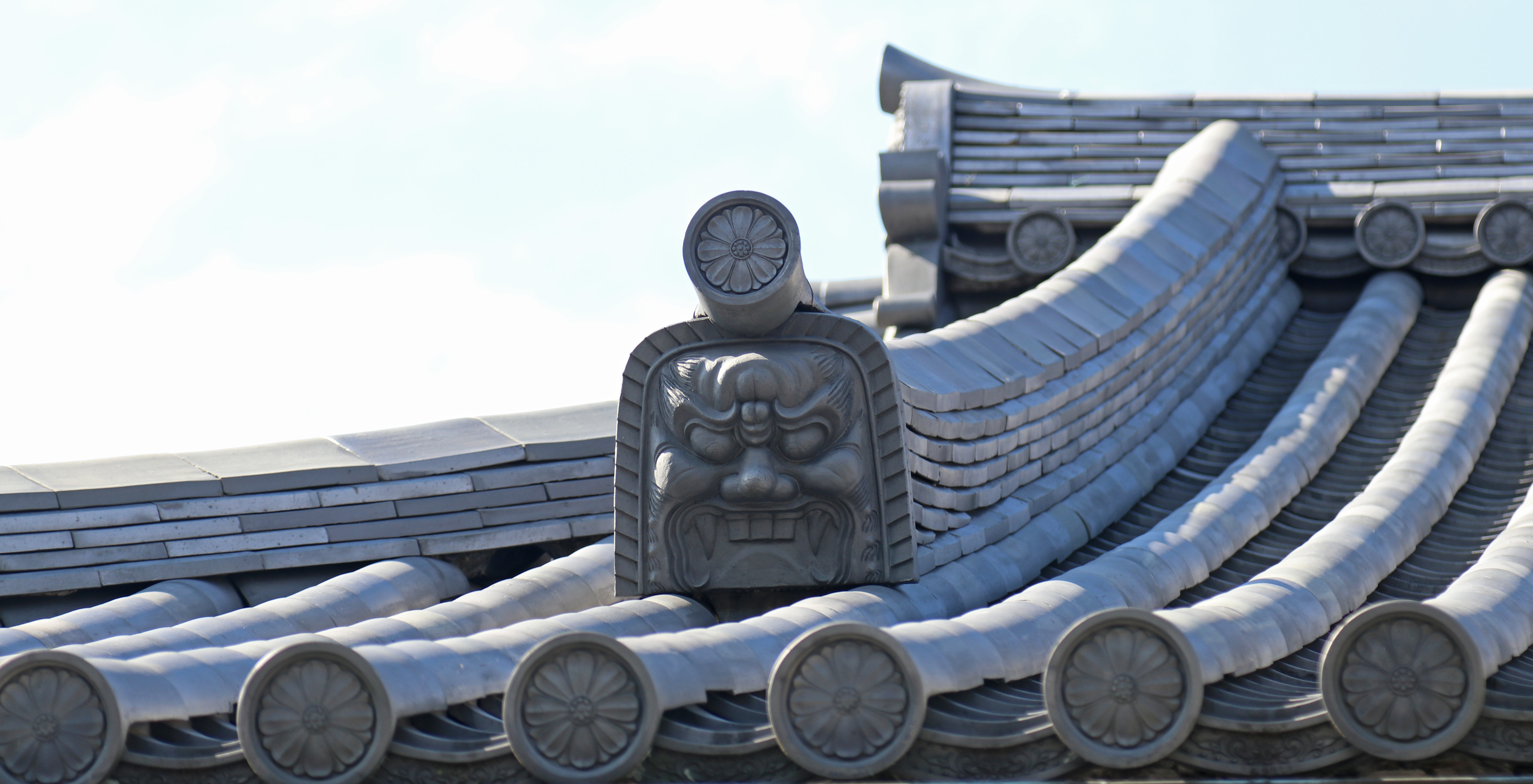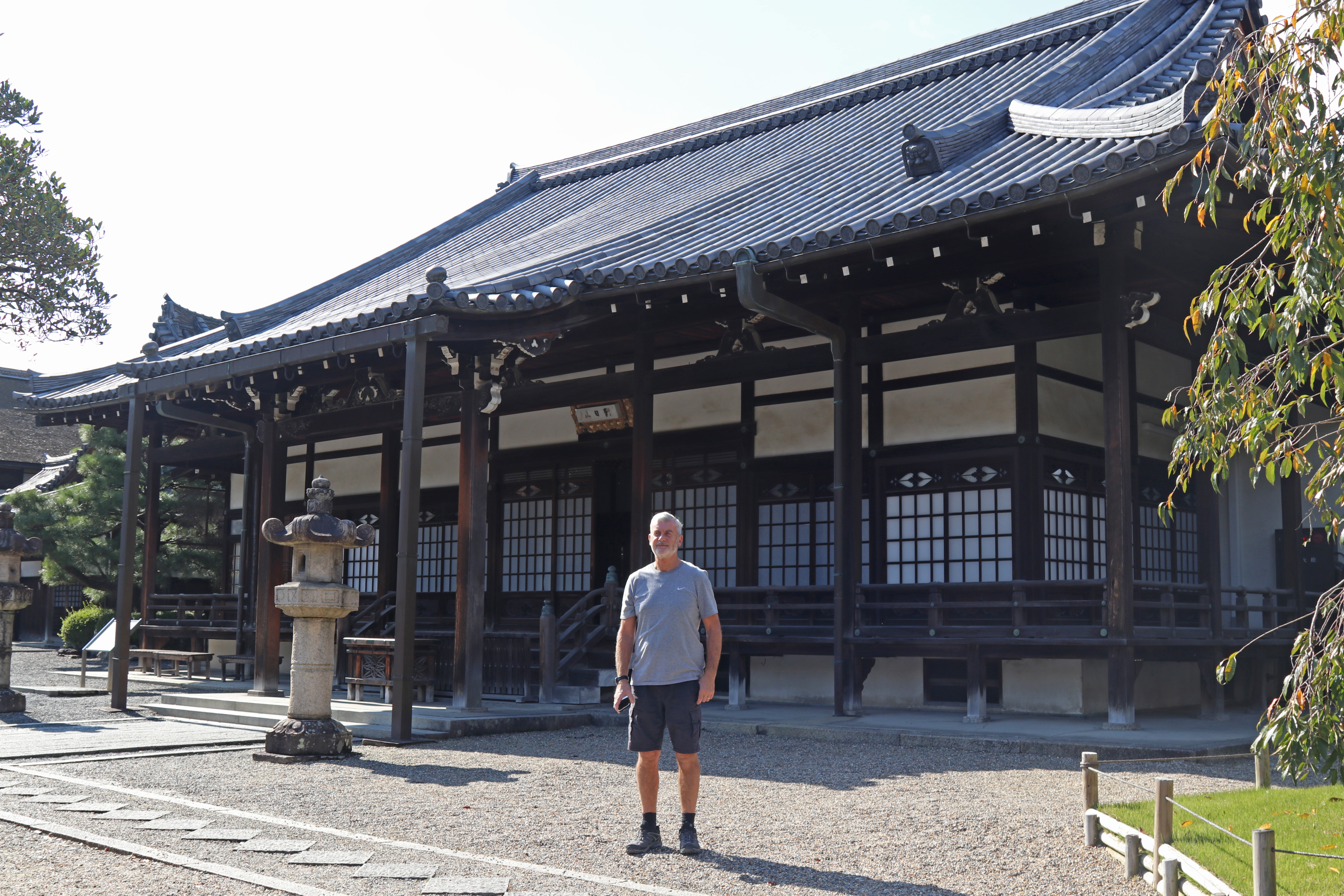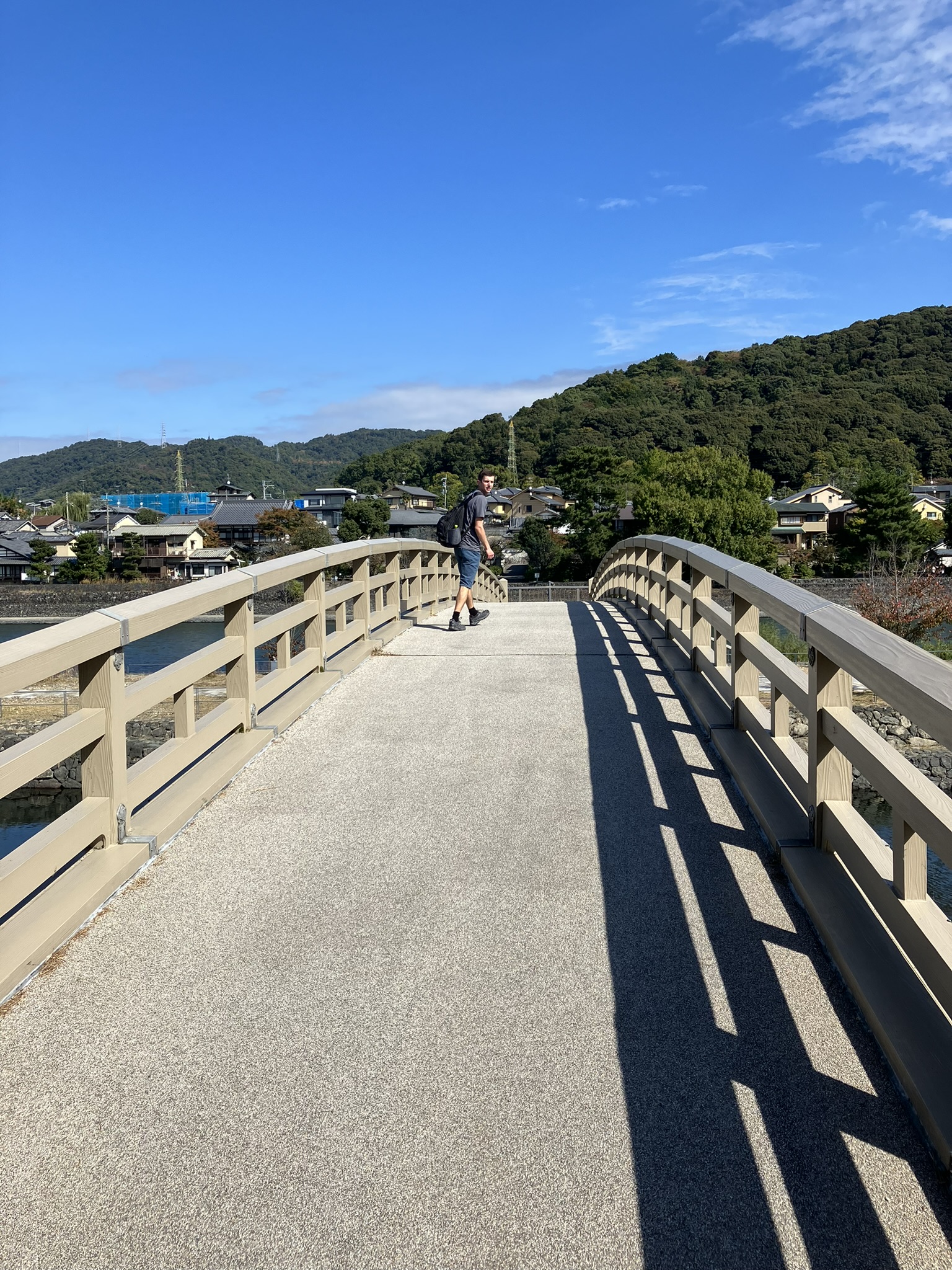Byodoin Temple
From Uji station we then headed to the famous Byodoin Temple, only being a 10-minute walk. Though on the way to temple we walked via the Uji bridge, which is one of the oldest in Japan, and is believed to have been constructed for the first time in 646, more than 1300 years ago! In its long history the bridge has been damaged many times by wars, floods and earthquakes. However, each time the bridge has been restored, now being several times, which indicates the importance of the bridge. The bridge is a symbol of Uji and place of scenic beauty and appeared in many art works over the years. The present bridge was constructed in March 1996, with its design coming from the combinations of the many historical bridges that came before it.
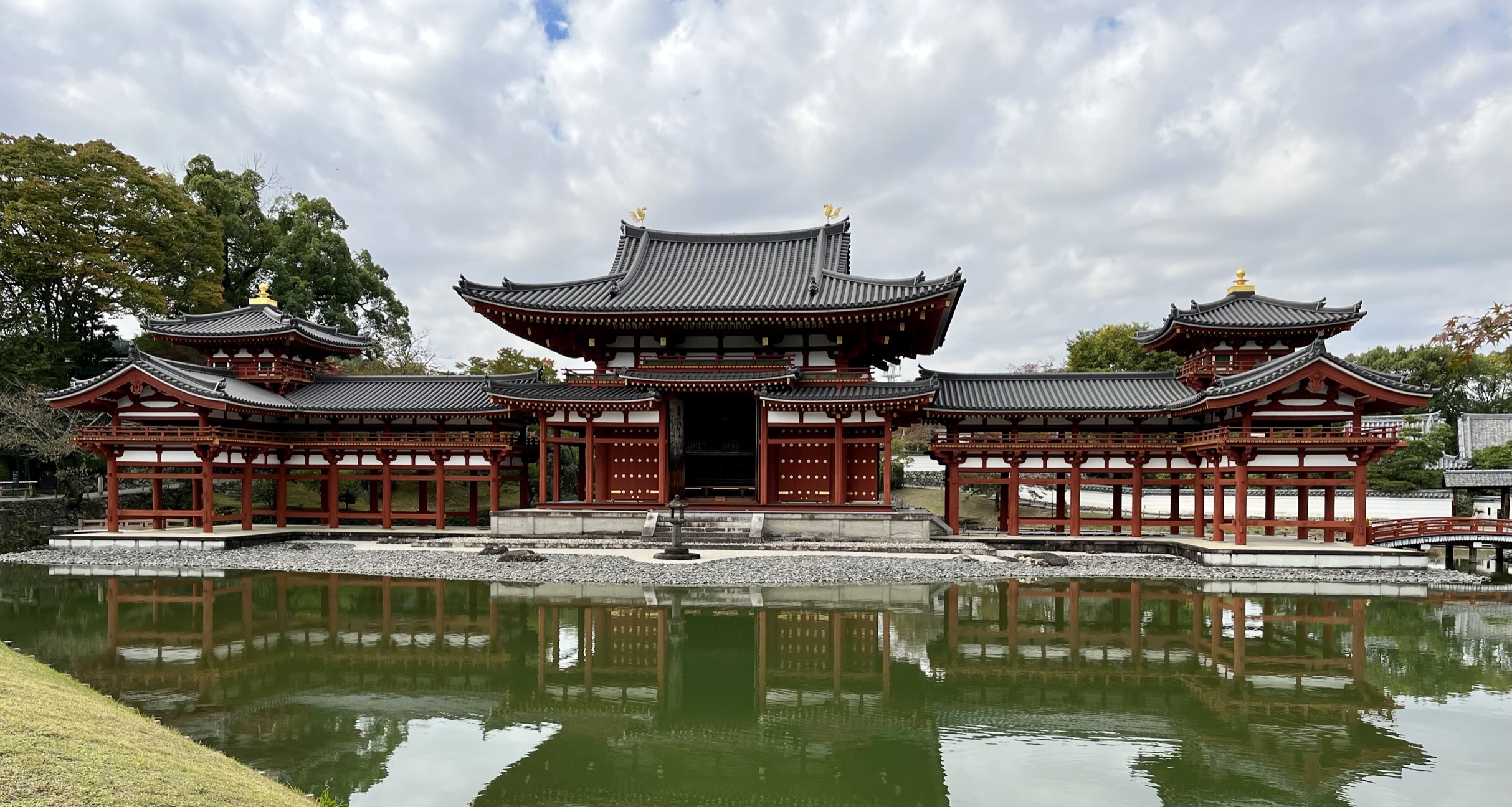
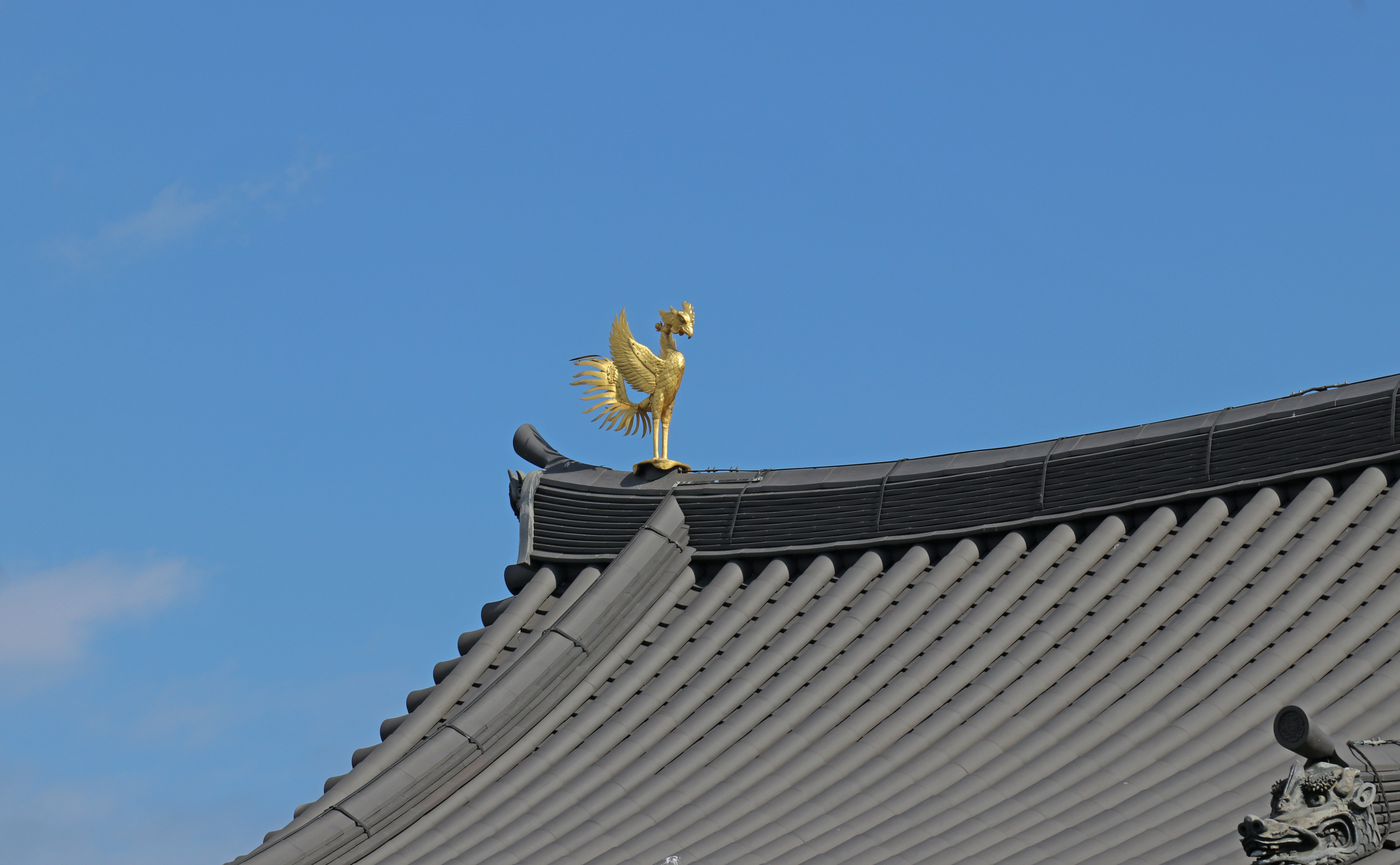
Byodoin was first built in
998 not as a temple but as a countryside villa and later converted in 1052 into
a Buddhist Temple. The main Phoenix Hall or “Hoo-do” was built the year after
in 1053 and is the only original building remaining…the hall’s name came from the
buildings shape that resembles the bird and the two bronze phoenix statues
perched on its roof. The Phoenix used to be a popular mythical bird in China
and was revered by the Japanese as a protector of Buddha. The Hall is on the back of
the 10 yen coin with the phoenix being on the back of the 10,000 yen note. The hall is one of the few
surviving examples of Heian-period architecture, as many of Byodoin’s buildings
were repeatedly lost to fires, wars and other disasters over the
centuries. Inside the hall there is a
collection of Pure Land (Jodo) Buddhism sect art from the Heian Period (794 to
1185), including seated statue of Amitabha Tathagata, the only exiting Buddhist
image confirmed to have been made by Jocho, a sculptor from the Heian Period.
The hall is also home to 52 statues of worshiping bodhisattvas on clouds.
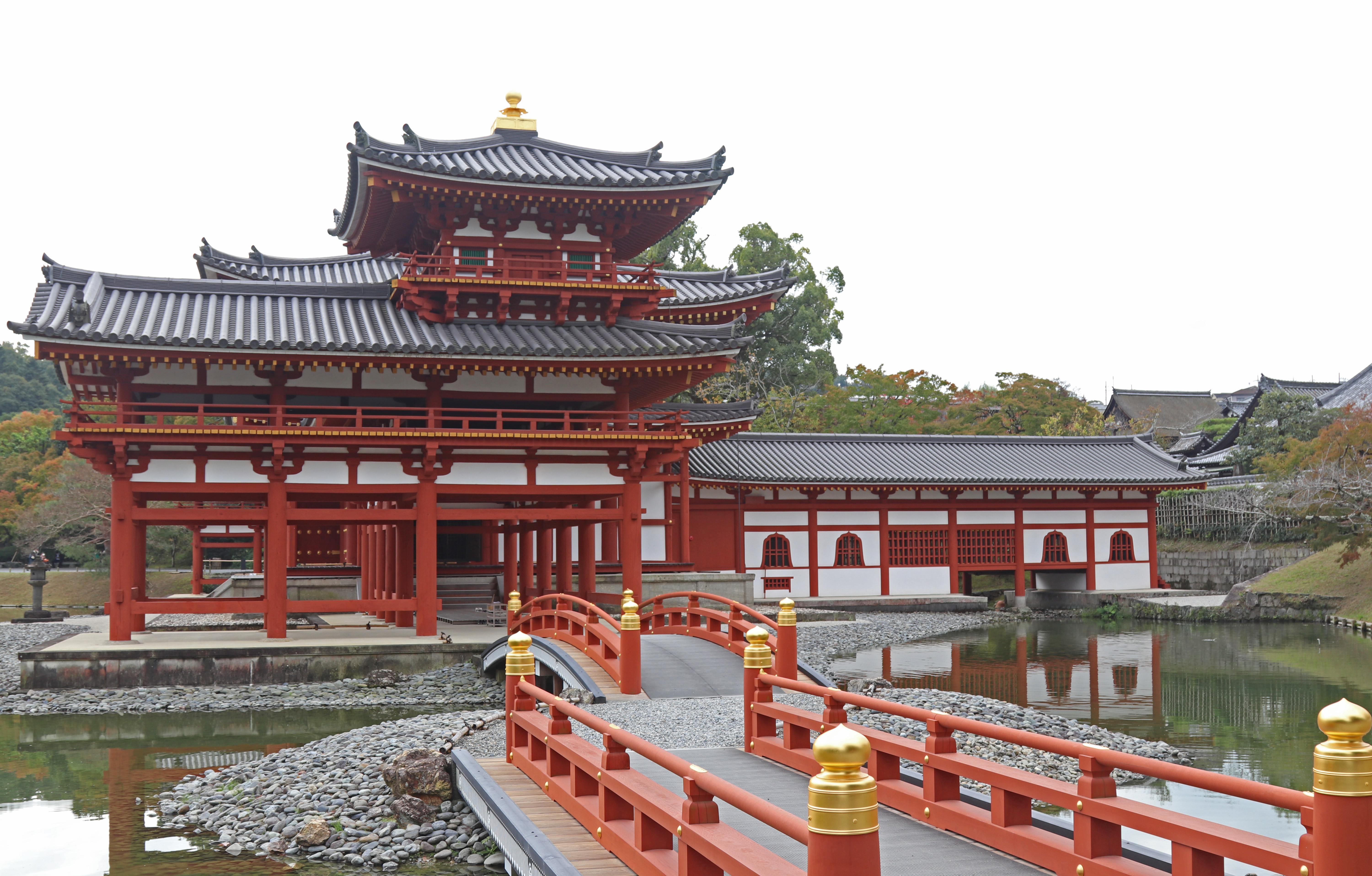
The temple was fabulous,
walking around the path that followed the edge of the lake the temple just had
a presence and looked like it was floating! The grounds were very
spacious with the usual well maintained pines and unusually a lot more acer
trees.
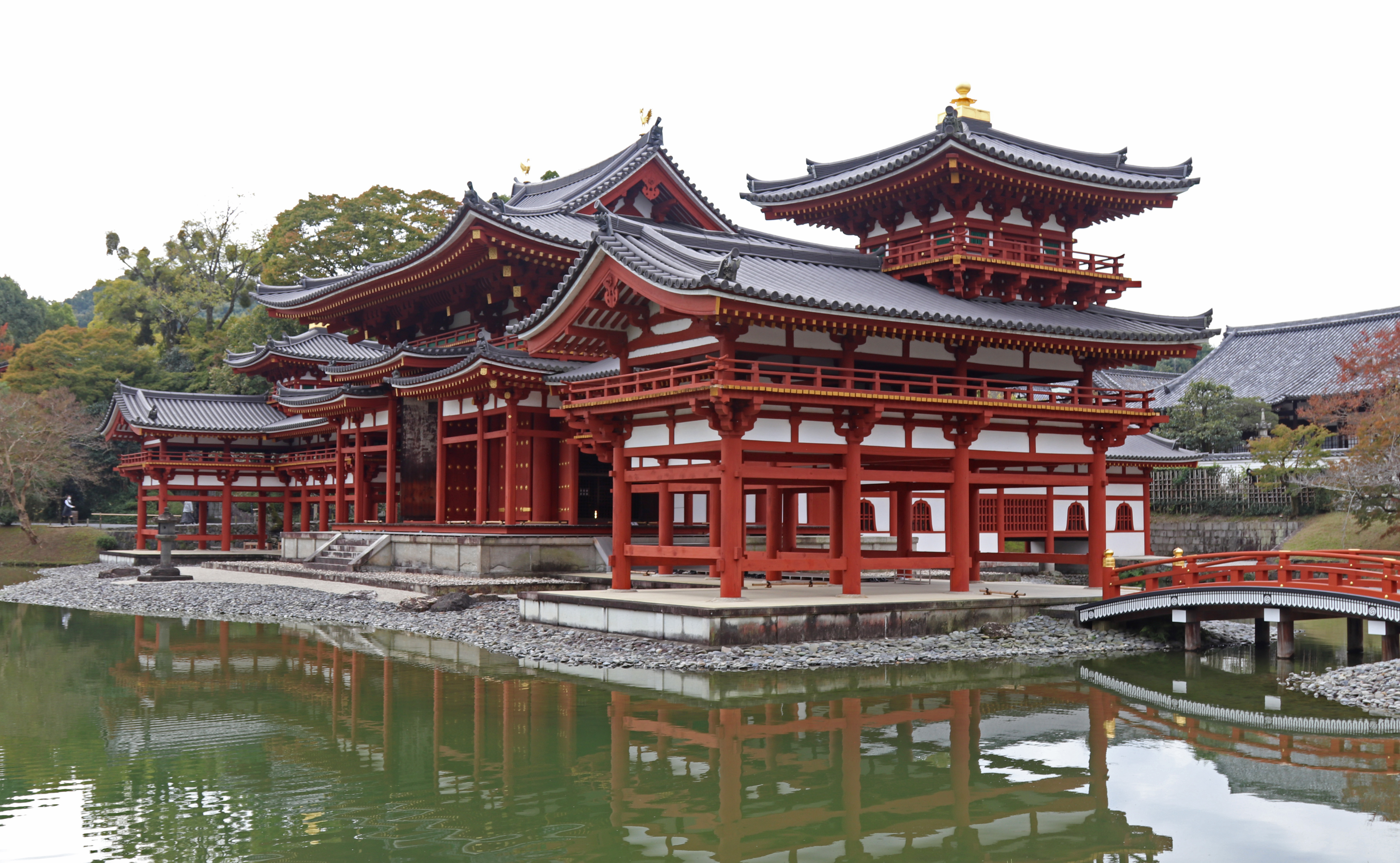
For us the most impressive and interesting part of museum were the 26 statues of Worshiping Bodhisattvas on Clouds which were all hanging from a display wall, they were just so unique! Unfortunately, cameras were not allowed, so could not take any photos.
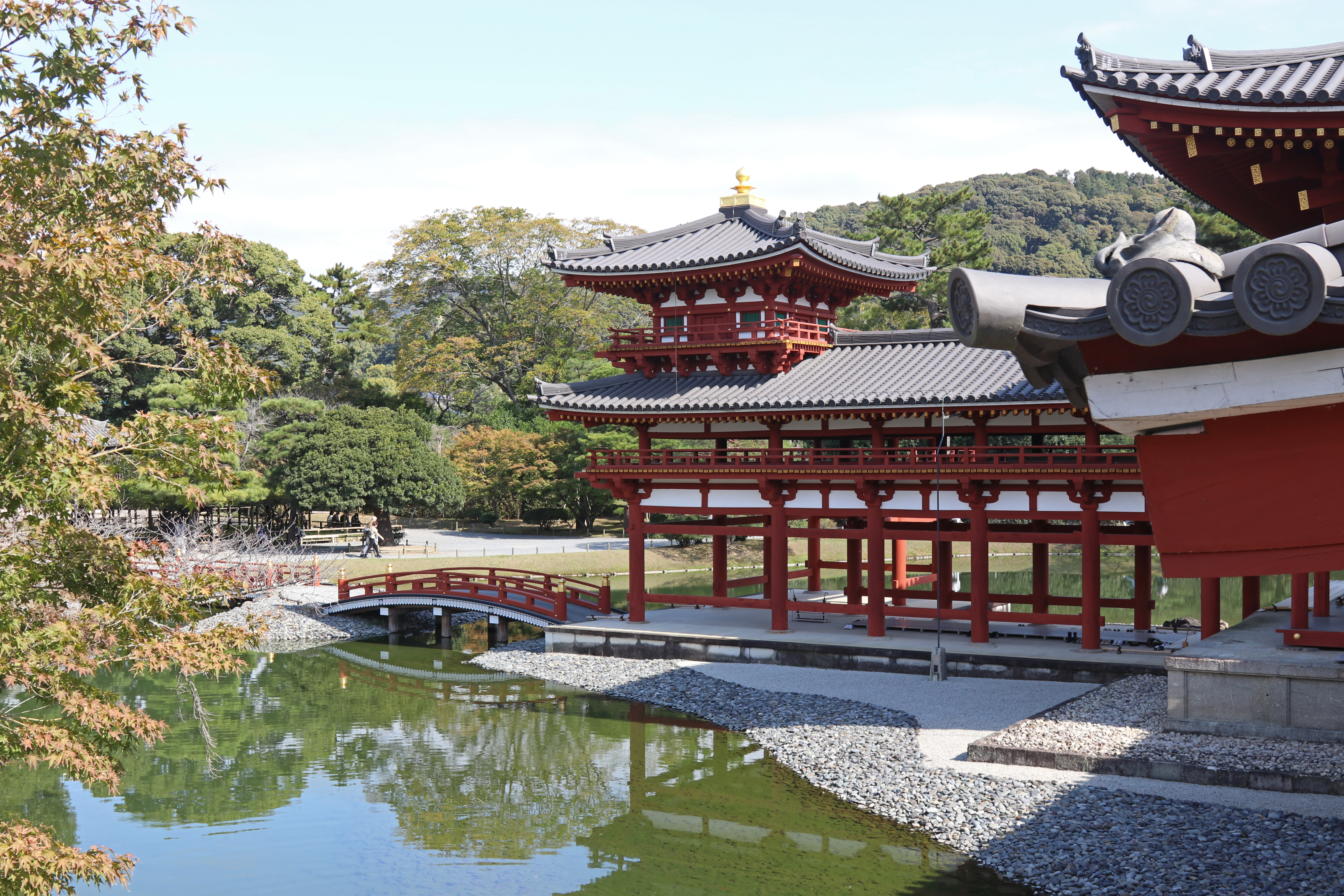
After a great morning we said goodbye to Byodoin Temple and headed off to our next stop which was Ujigami Shrine. The shrine was only a 10 minute walk away from Byodoin and meant we would have to cross the Uji River. The river is wide and has small islands with bridges crossing over it which were quite unusual in their engineering. By the now it was a very nice sunny day, and it was peaceful as we crossed over the river and took in the lovely scenery.
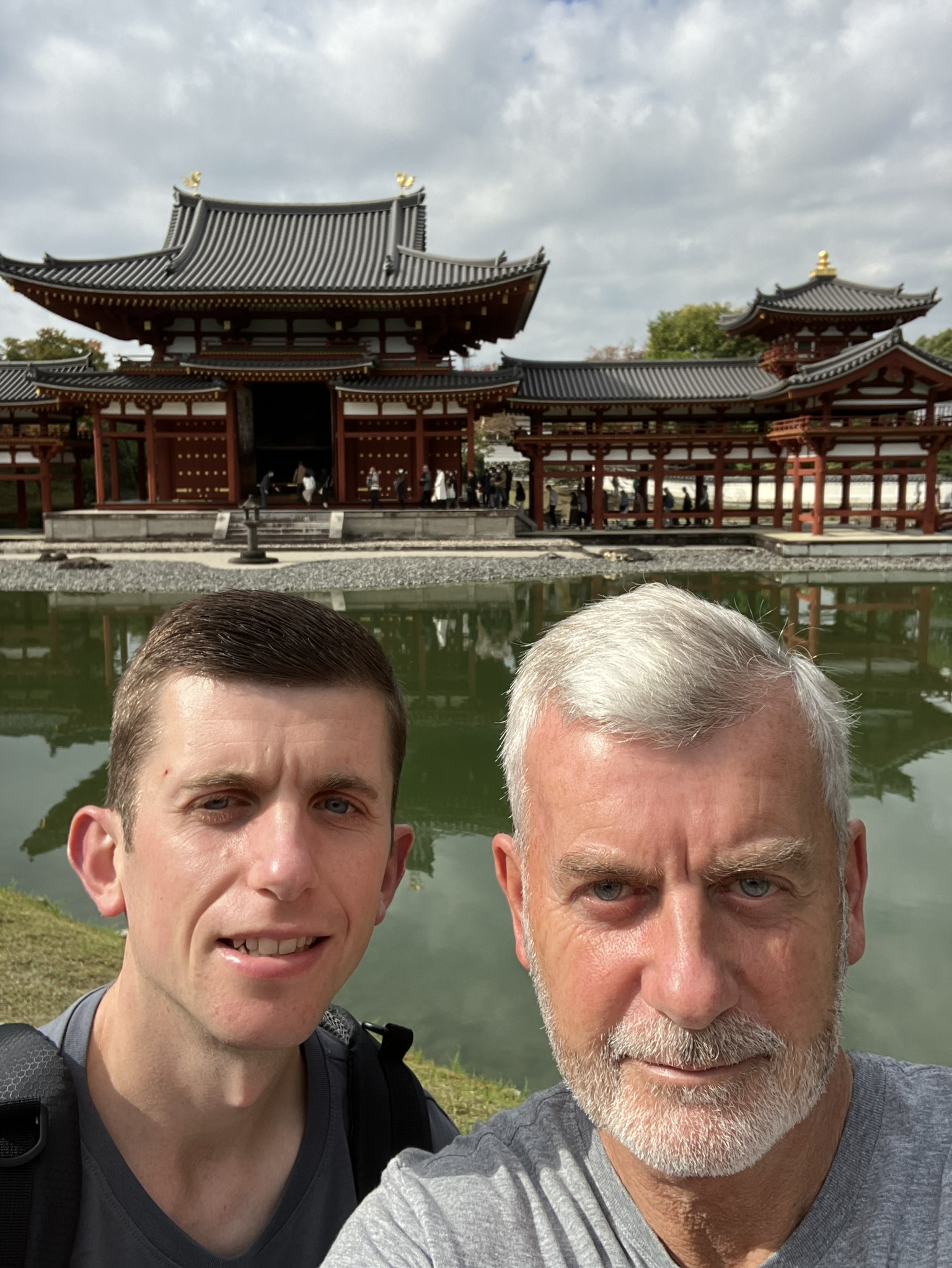
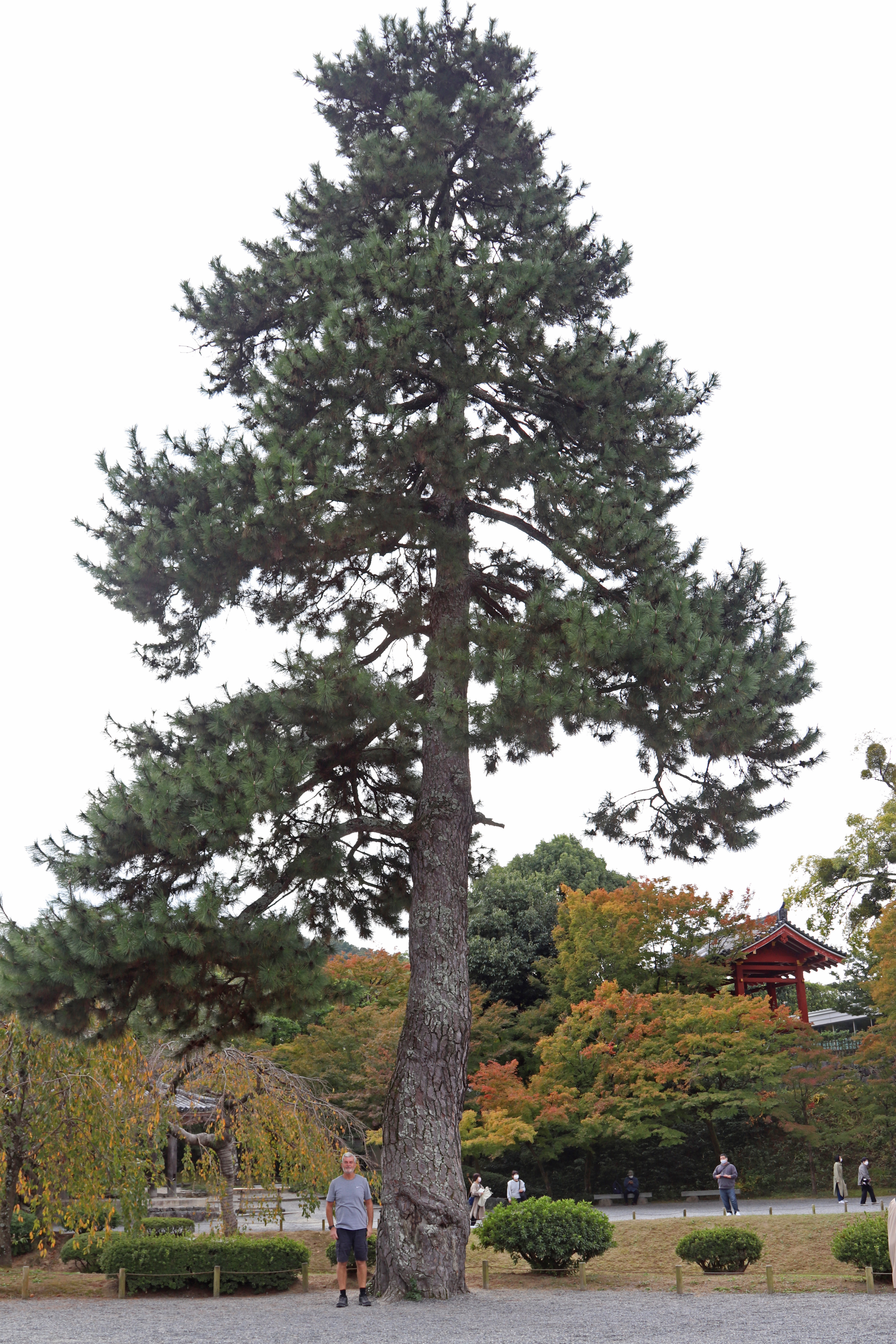
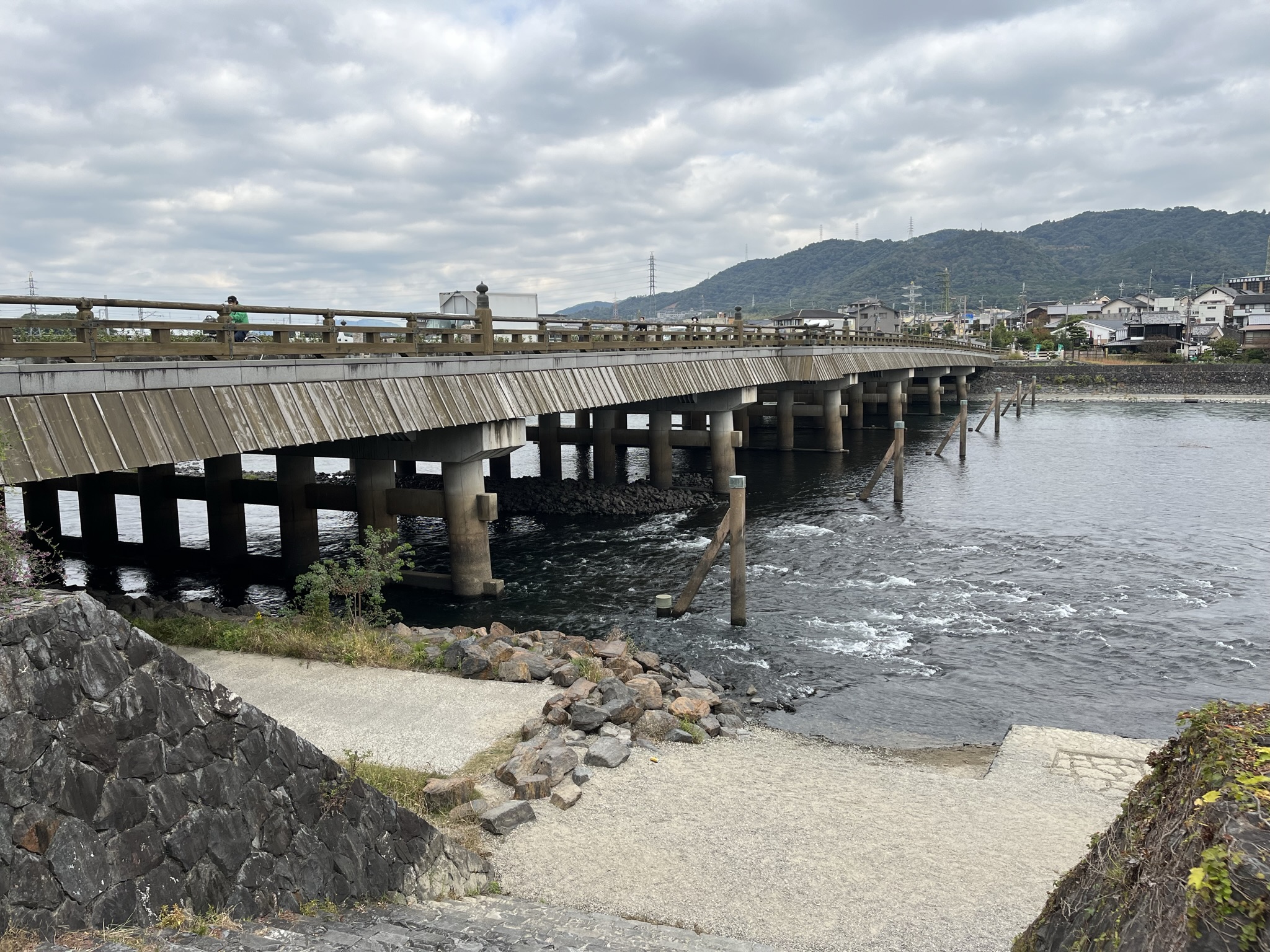
From the bridge we then
headed to Byodoin Temple,
The entrance to the
gardens and temple were only about 10 minute walk from the station. Before the
entrance of most popular temples you often have to walk past shops where the
local people are selling food and the usual touristy stuff, but here it was
fairly quiet and clear to see the main tourists had not yet hit this area. In fact,
this trip so far, we had not came across any English people as of yet, with
this day being no exception with only a couple of westerners or foreigners as
the Japanese call us!!
Once we had paid the 600 yen each to enter the grounds, which was only about £3.50! We followed the main path that led us to our first glimpse of the stunning temple! The temple is situated in the middle of a large pond with the main path continuing around the front in a curve which give us great views of the temple, this construction is unique Buddhist Pure Land architecture, and combined with its grounds the temple embodies the Pure Land Paradise, which has influenced the design of later temples.
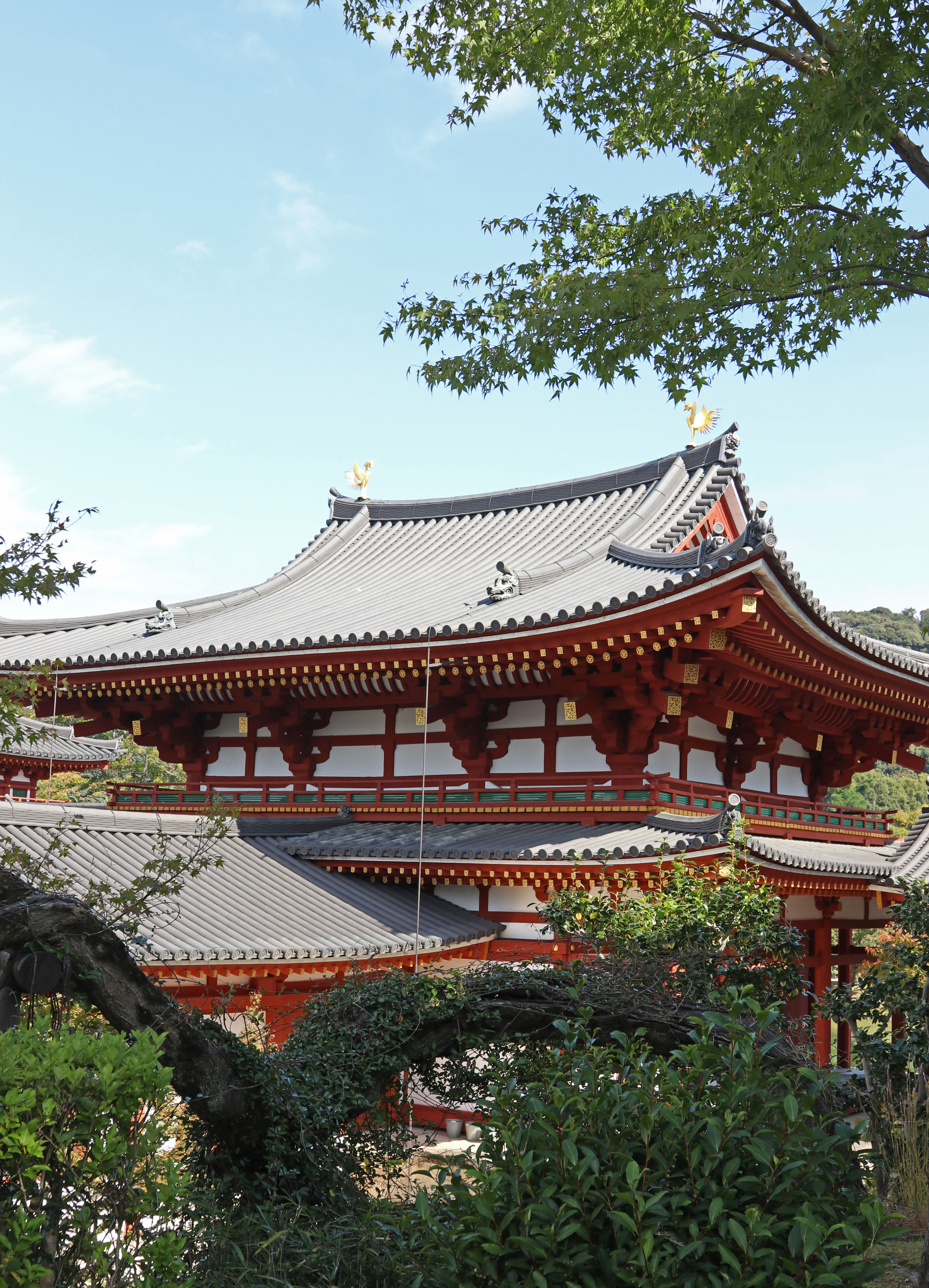
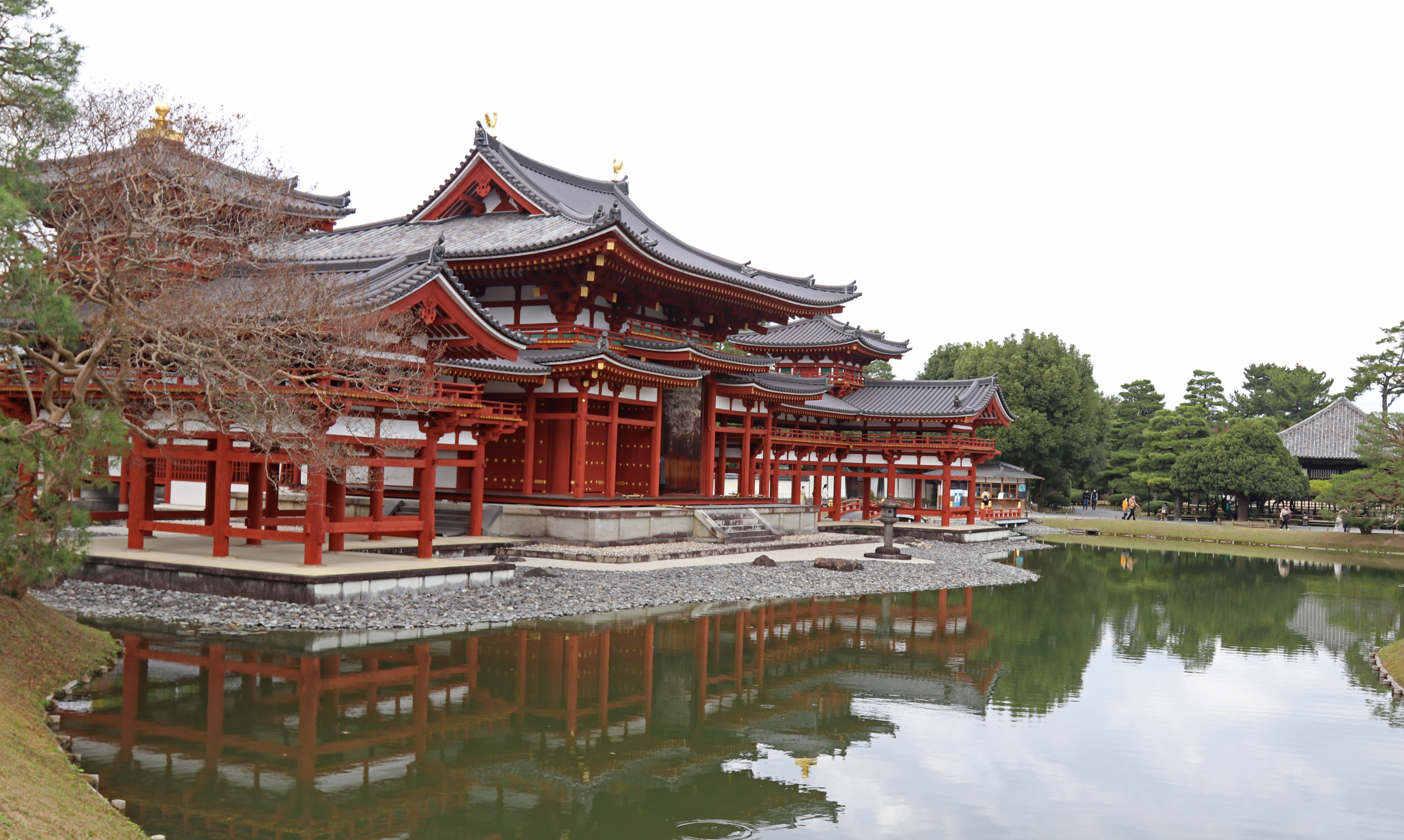
The path then led us to the Byodoin Museum, or Hoshokan Treasure House. The museum is including in the entry price and was certainly very interesting! The museum is built mainly all underground so to not to distract from the temple and is full of historical artifacts and many national treasures, such as the Buddhist Temple Bell, a pair of phoenix statues and many historical Buddhist statues.
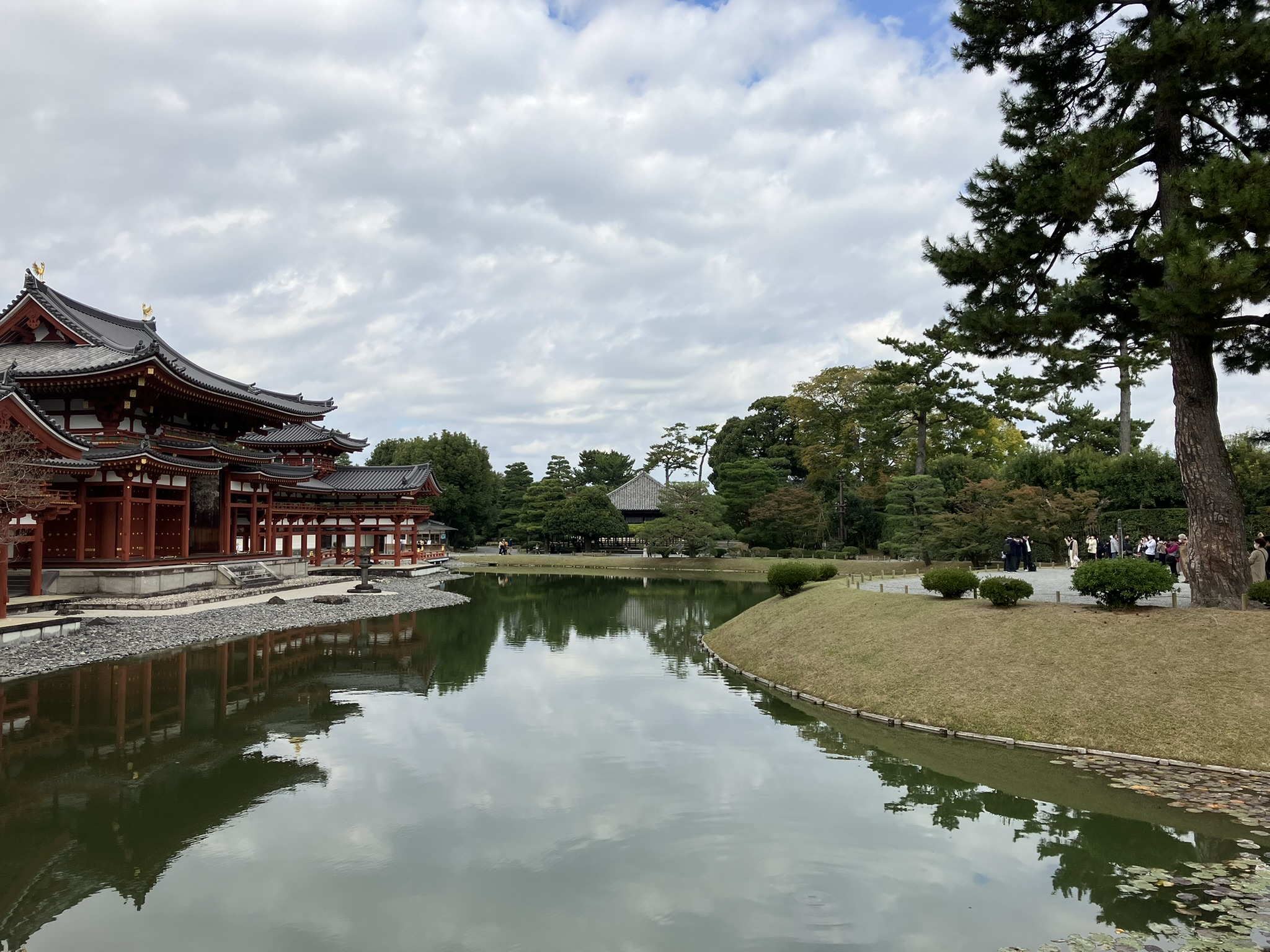
From the museum we carried
on viewing the temple and exploring grounds.
